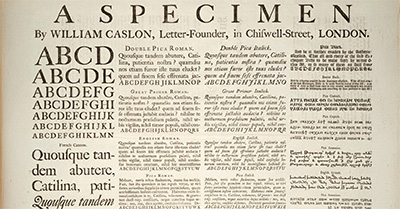You can listen to the text as you read along.
LISTEN
Portions of this voiceover are AI-generated.
The 5-Sentence Myth about Paragraphs
How many sentences does a paragraph need? Can it have a single sentence?
Many people hesitate when asked these questions. They try to remember some rule that they may have learned in school.

Anna Shvets | Pexels
Oddly, other people often come up with very specific numbers: “A minimum of three” or “At least five!” (For some reason, odd numbers come up frequently as if they had some magic powers.)
The idea that a paragraph needs a minimum number of sentences is a myth. A well built paragraph can actually have as few as one sentence.
A well built paragraph needs a specific topic and something to say about it. Once you know what your topic is and you know what you want to say about the topic, you build a paragraph by elaborating on that main point by explaining, clarifying, describing, illustrating, arguing the point, and so on.
What if all you have to say about the topic can be covered in one sentence? Do you have to make up things to say when one sentence says it all? No.
Online publications often use one- or two-sentence paragraphs because plenty of white space on the screen makes it easier to read a document compared to reading a solid block of text. You might argue that is only a
typesetting technique, so it does not count. Well, I think it does count.

William Caslon, 1728 | Public Domain
The example below (”A Tribute to John Ecks") could be printed on paper or presented on a computer screen just the same.
A Tribute to John Ecks
John Ecks had a full life. (1‑sentence introduction)
John earned a bachelor’s degree in psychology from the University of Michigan, where he was known for his intelligence, curiosity, and professionalism. He was active in student life and served as community liaison for two years. (2 sentences)
He was married to Ariana Ecks for over 40 years and had two children, Zachary and Elizabeth Ecks, and two grandchildren. (1 sentence body paragraph)
After a short career as a researcher, he got involved with writing. He quickly became a prize-winning novelist and published 45 books during his writing career. He also frequently contributed to the Jackson News. His opinion pieces resonated with people of all political persuasions. (4 sentences)
He will be greatly missed by all whose lives he touched. (1‑sentence concluding paragraph)
As you can see, the above passage has a clear outline where the writer elaborates on distinct topics.
- Paragraph 1. (Introduction) Mr. Ecks’s full life is the main premise for the whole passage (the thesis statement).
- Paragraph 2. His educational experience
- Paragraph 3. His family life.
- Paragraph 4. His writing career.
- Paragraph 5. (Conclusion) This sums up Mr. Ecks’s legacy.
If you examine the one-sentence paragraphs above, you see that the writer chose to keep paragraphs 1, 3, and 5 short. These were deliberate choices. Sometimes one sentence says it all. Do not ruin it because of a myth that you have to have more than one sentence to build a paragraph.
Do Not Start Writing One-Sentence Paragraphs All the Time Now
Now that you know this, do not start writing one-sentence paragraphs unless you know what you are doing. Experienced writers know when a one-sentence paragraph is enough. Sometimes they even use one-sentence paragraphs as a literary device because one-sentence paragraphs stand out on the page.
Write one-sentence paragraphs not just because now you know you can but because you know when and where they are just right.
Related Materials
Have you enjoyed this material?

Thanks to our supporters!
This material has been made possible by supporters like you. Learn how you can support us.

“What should I learn next?”
Use the navigation buttons to choose another skill or another lesson in this skill.
Thank you for Supporting Snap Language
Snap Language supporters make the creation of these materials possible.
Learn how you can support our work, get perks, and help us continue creating high-quality materials.
You can support us by simply white-listing this site.